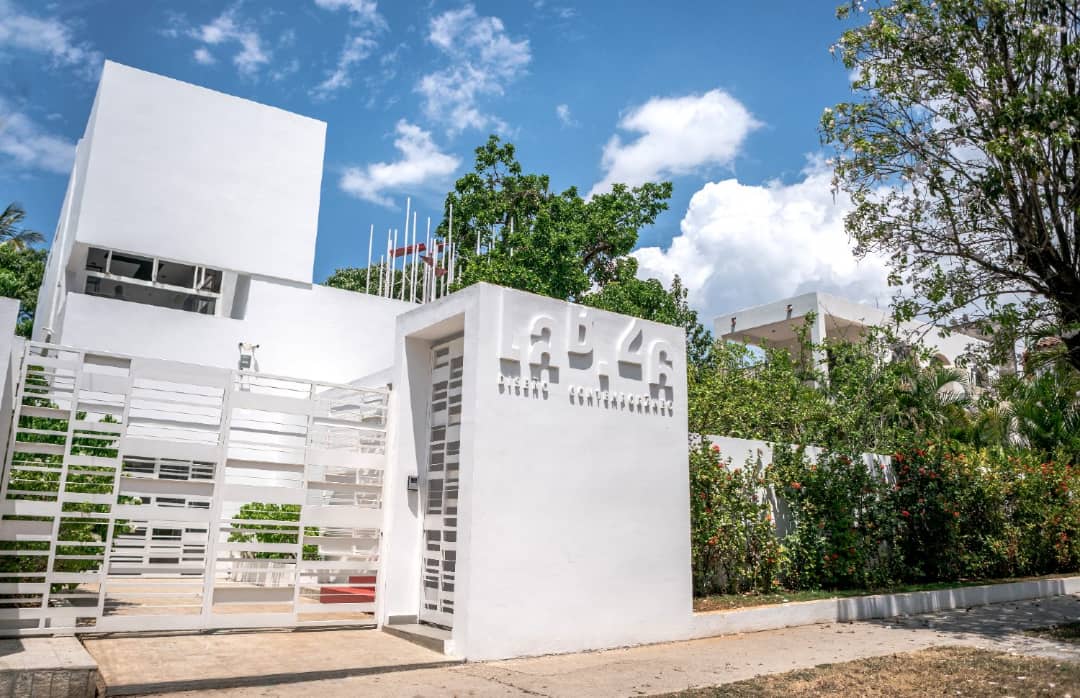[ad_1]
It is a house that attracts attention, marked with the number 255. The facade in the form of white cubes is reminiscent of a certain area of ​​concrete art. There is nothing like it in this block of 26 Street between 21 and 19, in El Vedado, dominated by Havana’s eclecticism, a sum of different styles, style without style.
Then I learned that the installation, which until recently was a mystery to me, was originally a house with no architectural interest and had been converted into the headquarters of Proyecto Espacios (PE) since 2015.
The gallery studio LAB.26 works there and is presenting the exhibition these days Distances from minimas (Minimum Distances), a catalog of what the Proyecto Espacios achieved in 2019 and 2020, a very difficult period but which did not stop the feverish activity of this interdisciplinary group founded in 1998 under the creative, unbiased and empathetic gaze of the architect Vilma Bartolomé and under the auspices of the Ministry of Culture and the Cuban Fund for Cultural Goods.
The name of the exhibition alludes to these harsh pandemic times, in which the distance to be maintained between people is regulated in order to minimize the risk of infection. So to access LAB.26 you need to make an appointment in advance. And there I went to find out, to be amazed, to admire.
In 2020, works and projects like the El Carmelo cultural station, La Torre restaurant and the House of Protocols of the Government of Havana, efforts that contribute to the capital have been completed.
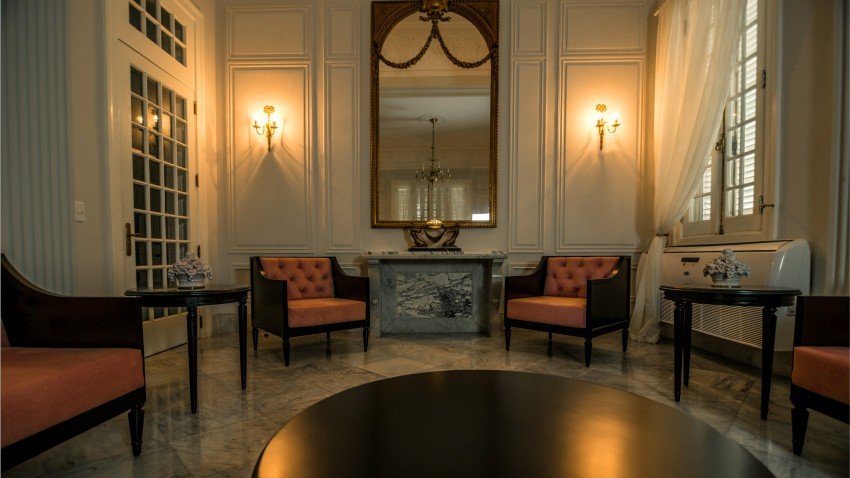
The headquarters of LAB.26, as you can see, is in itself a manifesto as far as architecture is concerned, the characteristic features of Proyecto Espacios: “simple functional schemes, refined shapes, study of natural light and ventilationâ€. , mainly inclusion of vegetation, work with noble materials, contemporary reinterpretation of traditional architectural values…. “The above are words from advertising materials that one cannot help but confirm.
I was particularly impressed by the range of more than 130 drawings and prototypes of furniture that are available to investors and customers – now also private ones – designed and manufactured by this creative group, which comprises almost 1,200 furniture designs in twenty years of uninterrupted work. These pieces of furniture are offered “à la carteâ€: it is enough to choose the model and the material from which they are to be made, almost always imported, to be sent to the FactorÃa Espacios, a workshop in the Havana district of Los Sitios, one of the sports departments. Many are well thought-out and “tested” designs in hotel complexes, restaurants, offices and residences: sofas, armchairs, chairs, stools, tables, beds, storage furniture, garden furniture for verandas and gardens, for kitchens and for the children’s bedrooms. Pieces that combine functionality, durability and beauty. And what is no less important, in PE it is important to conscientiously adhere to the agreed delivery dates.
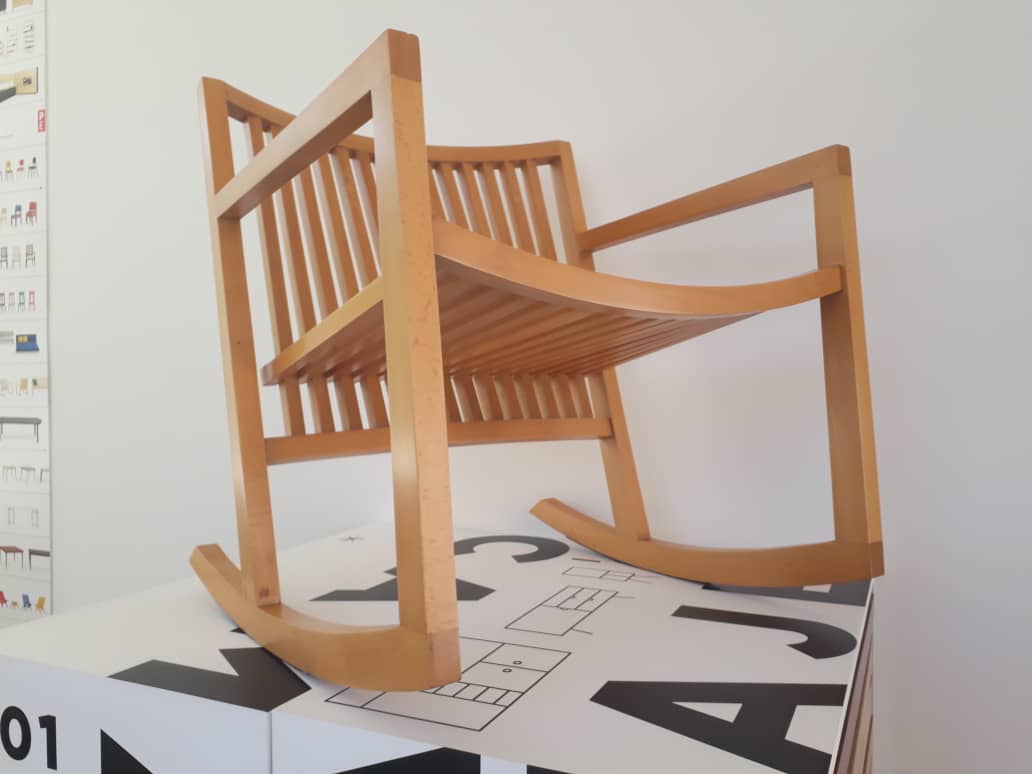
Some stories
How do you define Proyecto Espacios? A study, an office, a laboratory, a workshop? This is a workshop, but in a renaissance style, in which skills, knowledge and various specializations come together in an open, flexible format and in which the commitment to very clear principles in the search for a common goal is in the foreground: excellence, be it in drawing, design or manufacture; advise others, build, curate exhibitions, restore…. A commitment that translates into seriousness, open-mindedness and passionate commitment. PE people like what they do. And they do a lot. And very good.
I asked Vilma Bartolomé about her position. She didn’t know what to answer the first time. Boss, director? She hesitated for a while. “Better ‘general designer’.†And the fact is that they all design in one way or another, even though they are divided into three groups for internal work organization: Design, Industrial Crafts and Projects. And in every line the youth of the skilled workers and workers predominate, because PE also has a calling to train and save crafts on the way to extinction.
These three or four astonished young people, who closed themselves in a garage in 1998 and took on the challenge of designing a room for the Havanan Novo Hotel in just 72 hours, laid the foundation for what is today a work and creation sui generis in our environment, suitable for taking over a “turnkey” service as well as for planning and manufacturing lights, exterior and interior design projects, communication design and advice on the harmonious connection and interpretation of Cuban art and culture in public and private spaces. Attention: The term culture is assumed here as a unit in constant movement, which must have recognizable roots, but which contradicts folklore, standardizations and common schemes.
It would be difficult to enumerate the many efforts that the EP has planned and carried out from the start, both in Cuba and abroad. I would like to highlight the Inglaterra Hotel, Havana, 1998; University Cultural Center, UCI, Havana, 2002; GalerÃa Habana, Mexico, 2004; La AbadÃa Bar-Restaurant, Malecón in Havana, 2009; La Imprenta restaurant, Havana, 2009; Retiro auction room, Spain, 2009; Havana Great Theater, 2016; Kulturstation El Carmelo, LÃnea and 18, Havana, 2018; Ateneo Bookstore and Literary Cafe, Cuba, 2019; Cultural Corridor Calle LÃnea, 2019; Restaurant and indoor terrace of Los 12 Apóstoles, Havana, 2020; Buena Vista Social Club Stars cultural center, Havana, 2020; and La Colina Cultural Center, Regla, Havana, 2021.
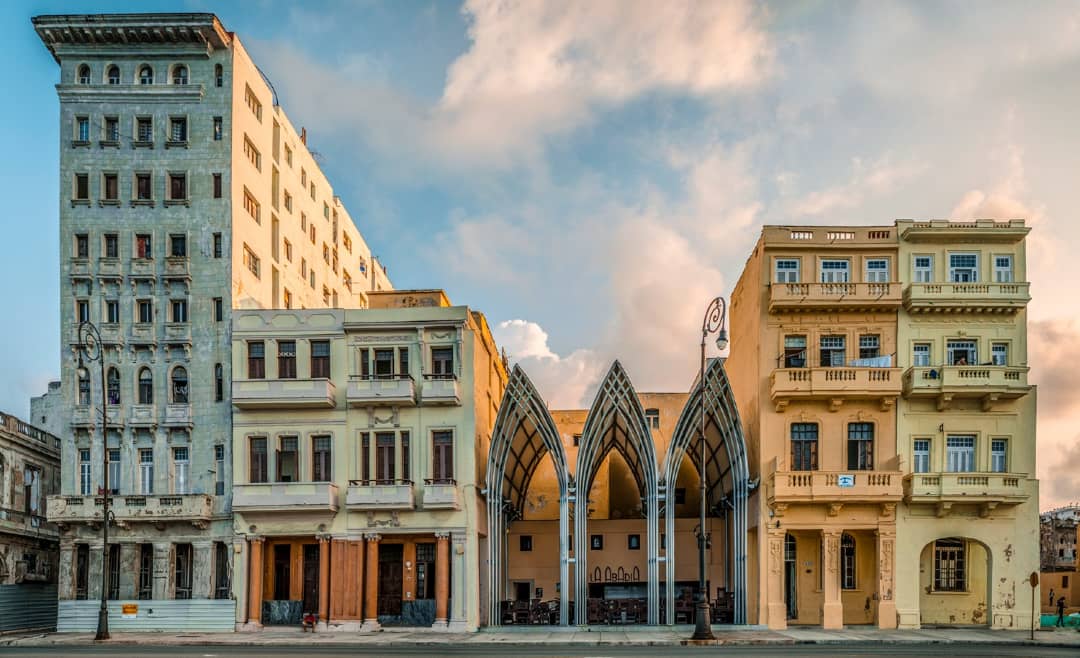
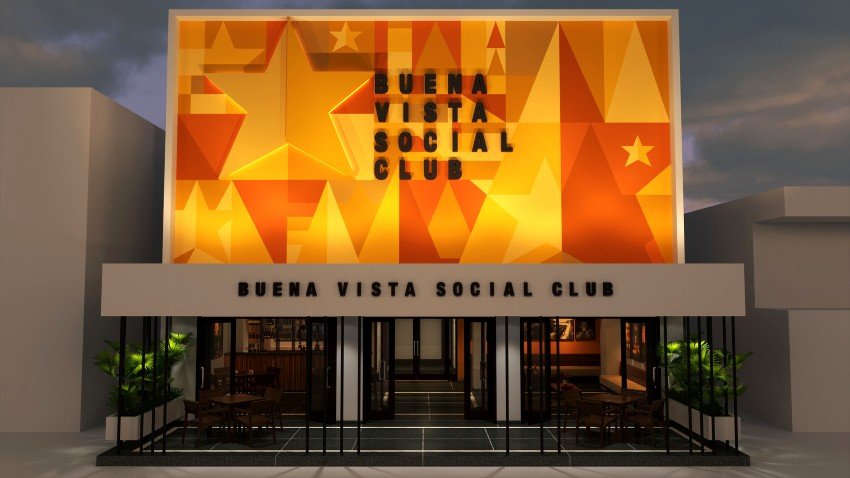
According to Vilma Bartolomé, the Cultural corridor Calle LÃnea “From a cultural point of view, it is an urban renewal project” and aims to “Save public space across LÃnea. â€This is probably one of his most famous works. Three kilometers from end to end, where there are institutions of national importance, such as the Mella and Trianón theaters (headquarters of the El Público theater group), the GalerÃa Habana, the Bertolt Brecht cultural center, the Ateneo bookstore, the headquarters of Acosta Danza and among others the theater company El Ciervo Encantado.
The industrial origin on line 18 was the El Carmelo tram stop, in the origins of El Vedado. Then a bus factory and, during special periods, a bicycle assembly workshop. The heart of the urban acupuncture that Proyecto Espacios presented is there: the LÃnea Station cultural center, partially inaugurated during the last craft fair, and that will be a multi-purpose fairground.
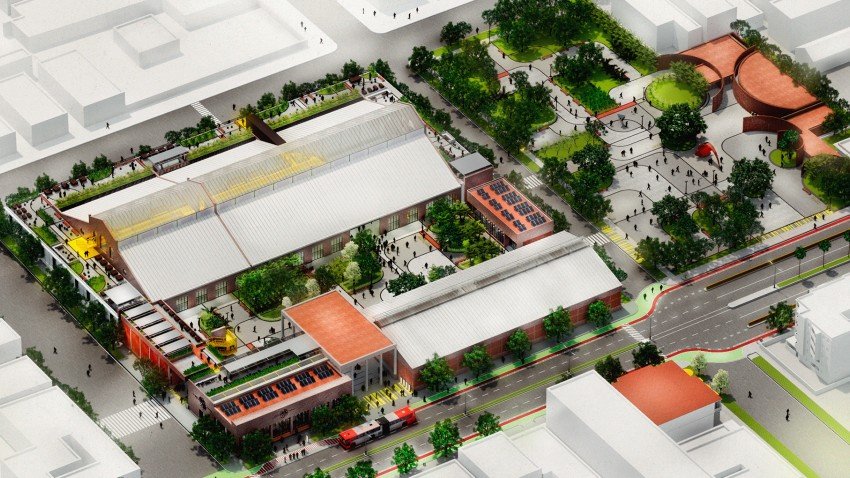
The Corridor … project was a contribution by PE to the celebrations for the 500th anniversary of the capital and includes the proposal to revitalize parks, sports and cultural areas and buildings for various public uses.
The design activities of Proyecto Espacios also recently arrived in the overseas Havana community of Regla, on the outskirts of the capital. Regla has a population of 44,000 and is known today as an important place for manifestations of popular religiosity. There is the Catholic Church of Our Lady of Regla (1811-1818), a consecration of Mary that is synchronized with Yemayá, the Yoruba goddess of the sea, and receives visitors and pilgrims from various places every year on September 7th.
In addition, Regla is home to Los Guaracheros headquarters, not to mention the fact that this small town is home to the artistic and literary lyceum of which José Martà was a permanent member. On October 10, 1878, at the founding ceremony of the lyceum, our national hero gave an inflamed speech, among the few political characters he gave on the island. On that occasion he said: “This platform that honors us tonight should not be a golden cage in which songbirds are exhibited, but a very high platform with difficult access for the practice of truth.”1
The La Colina Sociocultural Center is being built on the initiative of the local government directly on Lenin Hill, a privileged balcony of the community, to which PE is contributing with a renovation project of several existing buildings and rooms. The set corresponds to the plan to revitalize the socio-cultural fabric of the territory and is co-financed by the European Union and the NGO Movement for Peace. As expressed in the Declaration by PE At the start of the initiative, the group “orientated itself towards one of the premises that normally accompany us: The combination and articulation of small interventions in a territory can supposedly change the social dynamics and quality of life of its residentsâ€.
The Sociocultural Center La Colina aims to involve residents in the management of their own spaces. It will have sports facilities, workshops for fine arts and literature, a library, a cafeteria, multi-purpose rooms and rooms for exhibitions and trade fairs.
Hiking trails are being created in the area and the forest is being repopulated to become a perimeter for family recreation.
You cannot visit LAB.26 without getting involved in some way with what is “cookedâ€. It occurs to me that the projects they carry out are the material shell of dreams. These positive and creative people who do without material restrictions, misunderstandings or momentary disappointments. There they are, conquering successive rooms.
Note:
1 Quoted in “José Martà y la fundación del Liceo de Regla”, Juventud Rebelde, October 30, 2008.
* All photos used in this article are courtesy of Proyecto Espacios.
[ad_2]

